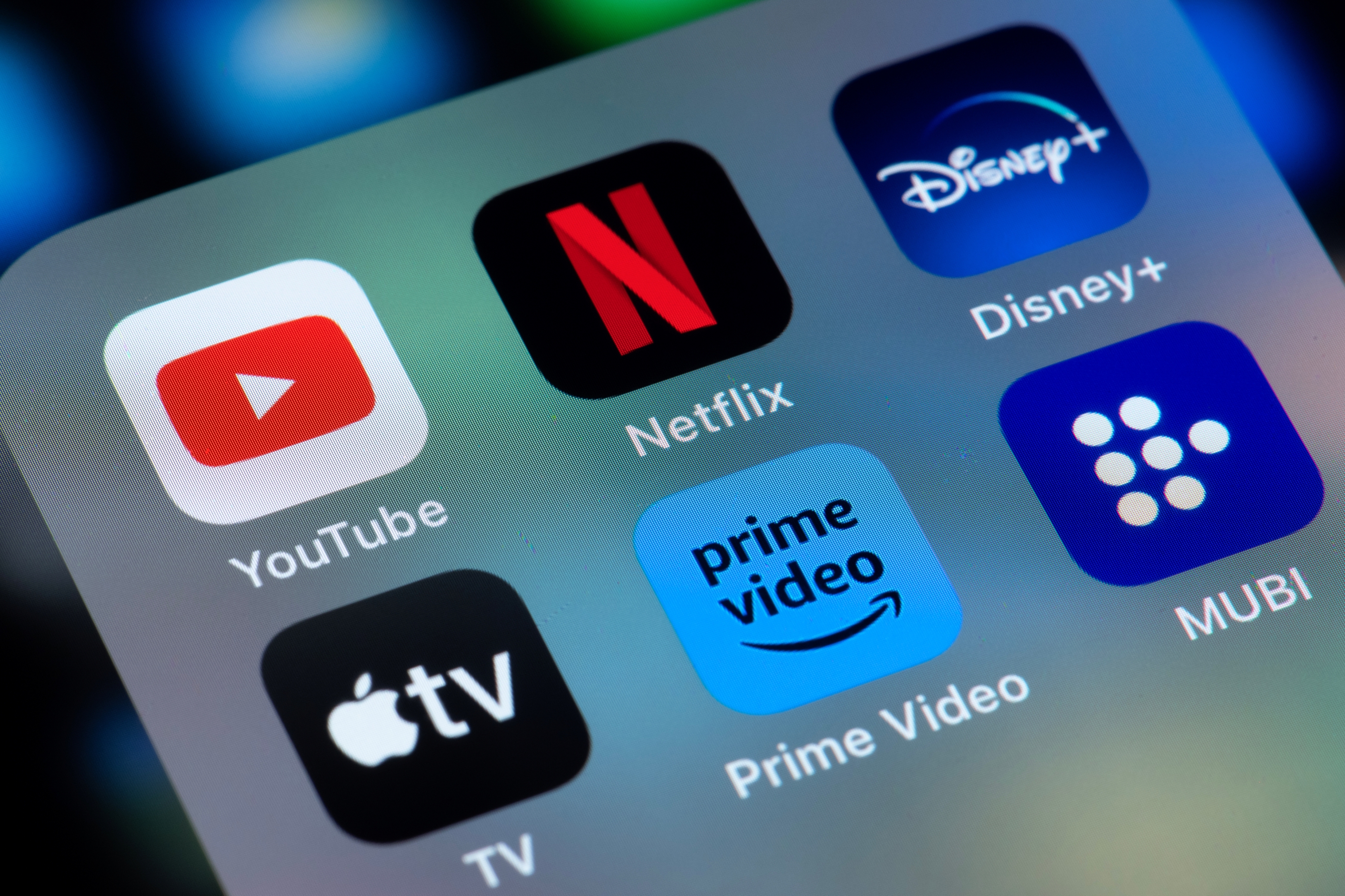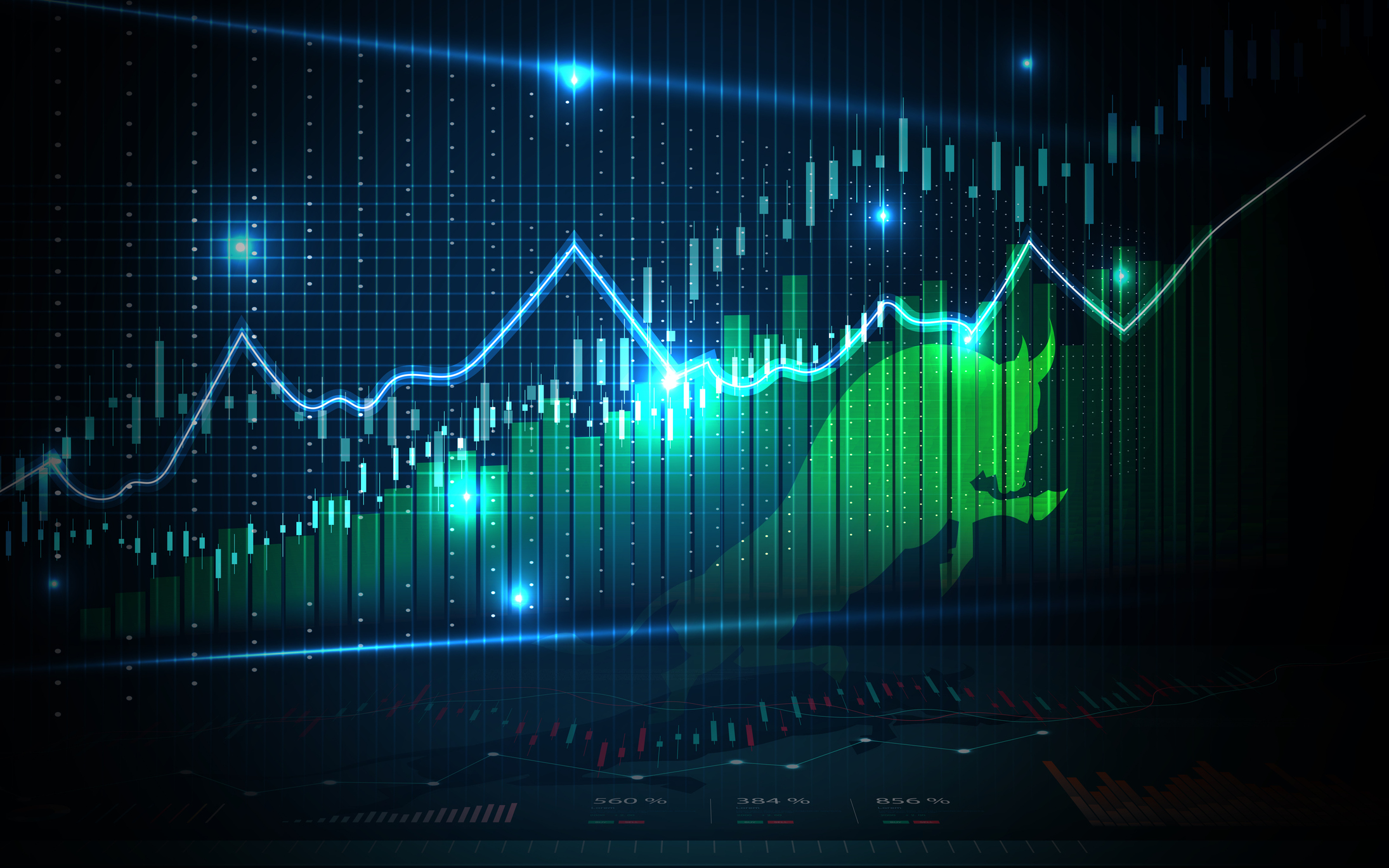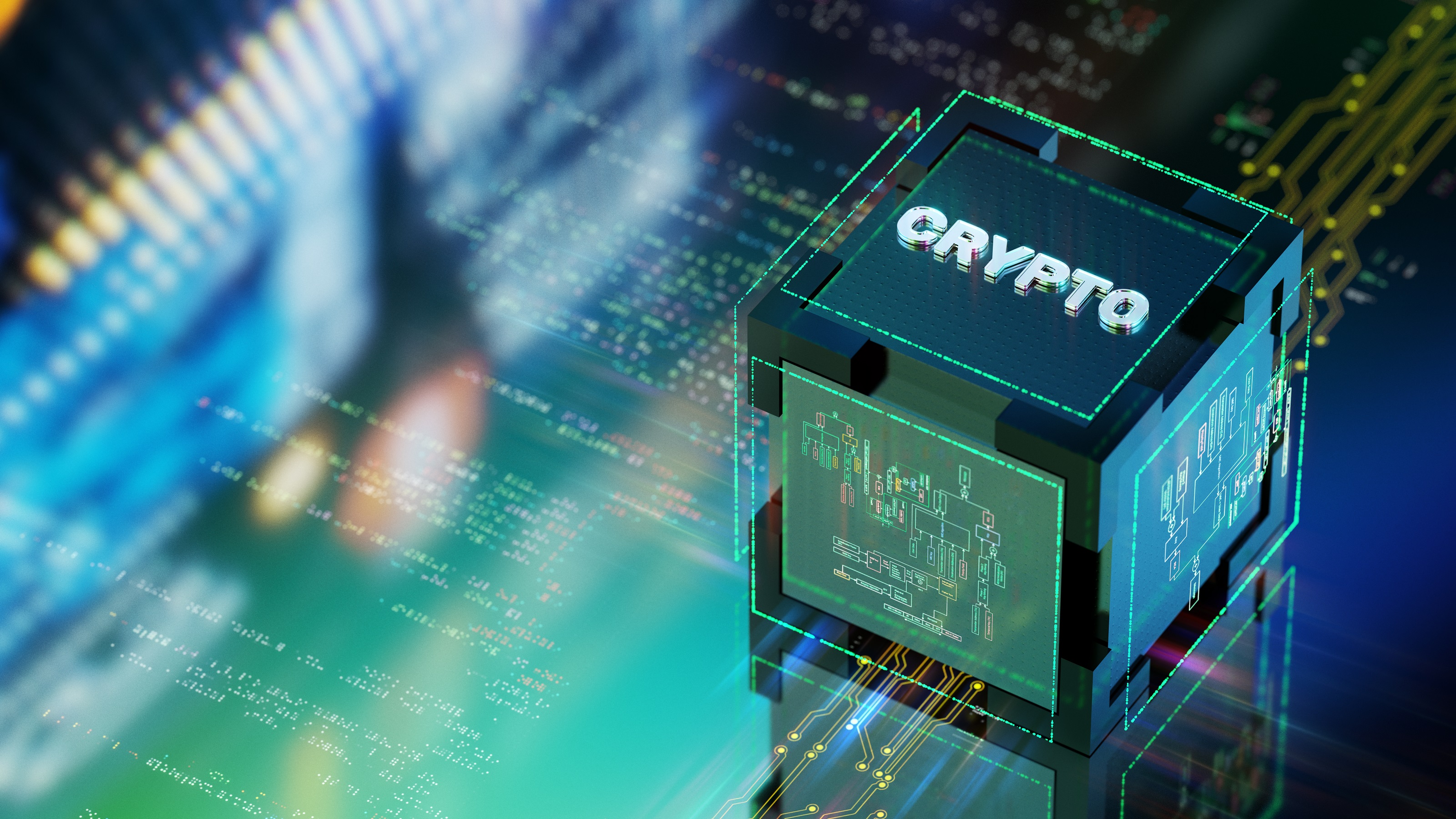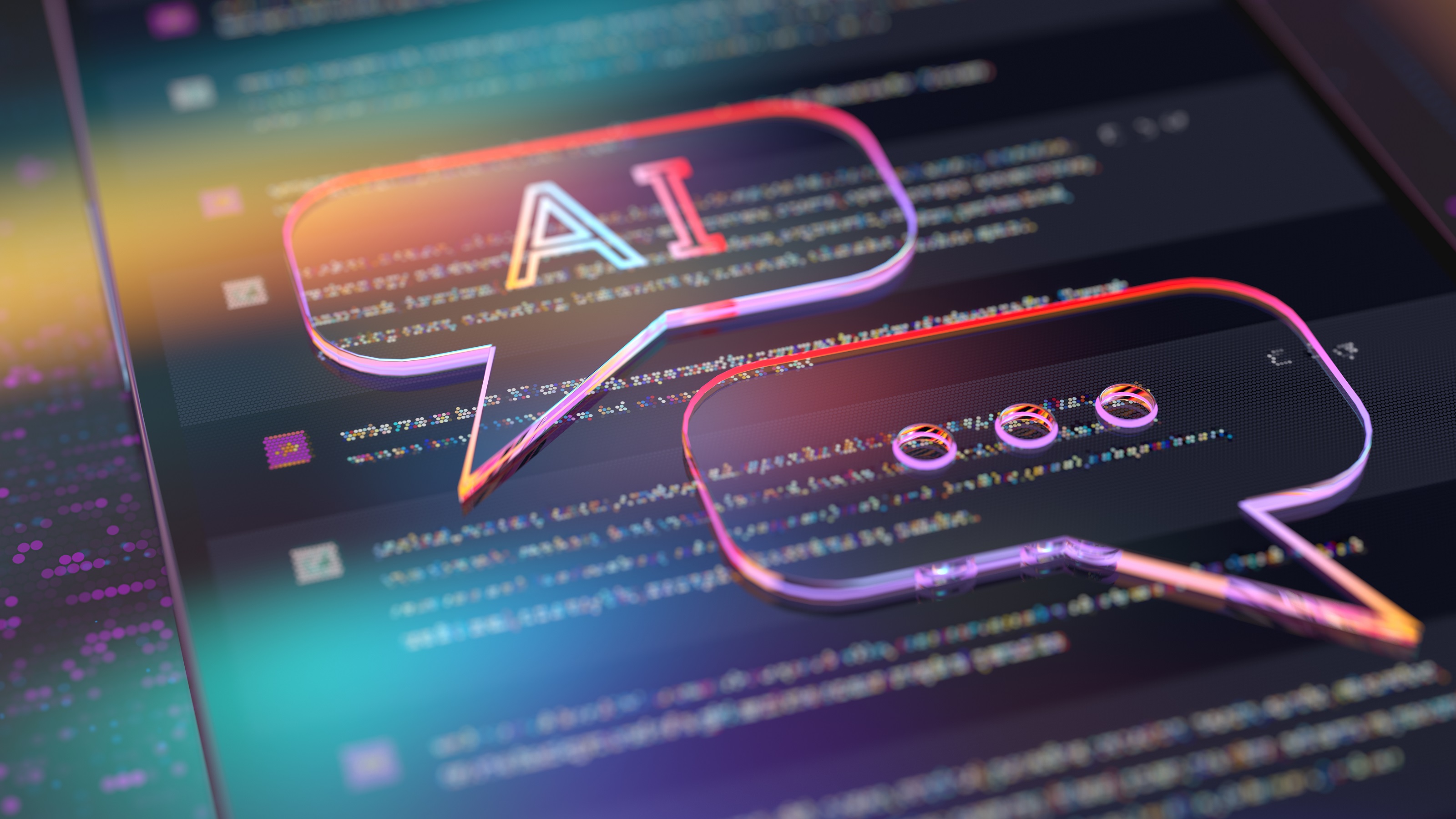As Tensions Rise, U.S. Imports From China Shrink: The Kiplinger Letter
China now accounts for less than 13.5% of American imports.

You hear a lot about “de-China-ization” — the push by U.S. businesses and by Washington, D.C. to rely less on China as tensions with Beijing mount. To help you understand deglobalization, the reversal of global trade’s decades-long surge, and what we expect to happen in the future, our highly experienced Kiplinger Letter team will keep you abreast of the latest developments and forecasts (Get a free issue of The Kiplinger Letter or subscribe). You'll get all the latest news first by subscribing, but we will publish many (but not all) of the forecasts a few days afterward online. Here’s the latest…
Two major factors are driving the shift to depend less on China:
- Tariffs imposed on certain Chinese goods by the Trump administration starting in 2018 and kept in place by the Biden administration.
- The pandemic, which caused a surge in imports of medical gear and consumer goods from China, but also severely crimped supply chains for the many businesses that relied on Chinese goods.
After peaking at 22% of all U.S. imports in 2015 and reaching its top share of global exports, China now accounts for less than 13.5% of American imports from abroad. Global data show that its share of worldwide exports also slipped over that period. As the world exits the pandemic and painful inflation strains consumers everywhere, demand for Chinese-made goods has suffered badly.

Sign up for Kiplinger’s Free E-Newsletters
Profit and prosper with the best of expert advice on investing, taxes, retirement, personal finance and more - straight to your e-mail.
Profit and prosper with the best of expert advice - straight to your e-mail.
You can see this move away from China playing out in several U.S. industries, such as electronics where imports from China fell by $25 billion between 2018 and 2022 as imports from the rest of the world soared and domestic output rose by $51 billion. This is also true with manufacturing, as more of it moves to Mexico to serve the U.S. market, along with a recent bump in domestic production, as companies rush to cash in on subsidies for U.S. facilities to make semiconductors and electric car batteries. Apparel production is moving to cheaper, friendlier Southeast Asian nations. There’s also growing momentum to cut off China from U.S. technology.
The White House has built on the Trump-era tariffs by sanctioning Chinese firms working in fields like supercomputing, drones, aerospace and surveillance. Exports of U.S. semiconductors to China are down by more than half, due to export controls.
And yet, there’s no easy way to simply walk away from China. While it’s down from its zenith as a global manufacturing powerhouse, China remains deeply embedded in many global supply chains, including those that make valuable or strategic goods. Some types of Chinese imports are soaring, like electric vehicle batteries: U.S. imports doubled in 2021, doubled again in 2022 and are up 58% in 2023.
Car manufacturers and suppliers are racing to build domestic battery factories. But for now, and likely for a while yet, China will have a powerful cost advantage. And then there are rare earth elements, the specialty materials that are needed for a range of advanced products, from powerful electric motors to fighter jets. China continues to dominate in global rare earth processing, arguably powerful leverage in a high-tech world.
This forecast first appeared in The Kiplinger Letter, which has been running since 1923 and is a collection of concise weekly forecasts on business and economic trends, as well as what to expect from Washington, to help you understand what’s coming up to make the most of your investments and your money. Subscribe to The Kiplinger Letter.
Related Content
- Huawei's Chip Breakthrough Triggers U.S. Scrutiny: The Kiplinger Letter
- Falling Prices in China Could Be a Boon For the U.S.: Kiplinger Economic Forecasts
- China’s Economy Slows, Shows No Clear Signs of Improvement: Kiplinger Economic Forecasts
- Investments In U.S.-Made Drone Technology Are Gaining Strength — The Kiplinger Letter
Get Kiplinger Today newsletter — free
Profit and prosper with the best of Kiplinger's advice on investing, taxes, retirement, personal finance and much more. Delivered daily. Enter your email in the box and click Sign Me Up.

Rodrigo Sermeño covers the financial services, housing, small business, and cryptocurrency industries for The Kiplinger Letter. Before joining Kiplinger in 2014, he worked for several think tanks and non-profit organizations in Washington, D.C., including the New America Foundation, the Streit Council, and the Arca Foundation. Rodrigo graduated from George Mason University with a bachelor's degree in international affairs. He also holds a master's in public policy from George Mason University's Schar School of Policy and Government.
-
 How to Get Apple TV Plus for just $2.99
How to Get Apple TV Plus for just $2.99For a limited time, you can get three months of Apple TV Plus for just $2.99 per month. Here’s how to get the deal.
By Rachael Green Published
-
 Stock Market Today: Stocks Surge to Close a Volatile Week
Stock Market Today: Stocks Surge to Close a Volatile WeekIt was another day with a week's worth of both news and price action, but it ended on a strongly positive note.
By David Dittman Published
-
 The New Space Age Takes Off
The New Space Age Takes OffThe Kiplinger Letter From fast broadband to SOS texting, space has never been more embedded in peoples’ lives. The future is even more exciting for rockets, satellites and emerging space tech.
By John Miley Published
-
 Rising AI Demand Stokes Undersea Investments
Rising AI Demand Stokes Undersea InvestmentsThe Kiplinger Letter As demand soars for AI, there’s a need to transport huge amounts of data across oceans. Tech giants have big plans for new submarine cables, including the longest ever.
By John Miley Published
-
 What DOGE is Doing Now
What DOGE is Doing NowThe Kiplinger Letter As Musk's DOGE pursues its ambitious agenda, uncertainty and legal challenges are mounting — causing frustration for Trump.
By Matthew Housiaux Published
-
 A Move Away From Free Trade
A Move Away From Free TradeThe Letter President Trump says long-term gain will be worth short-term pain, but the pain could be significant this year.
By David Payne Published
-
 The Explosion of New AI Tools
The Explosion of New AI ToolsThe Kiplinger Letter Workers and consumers soon won’t be able to escape generative AI. Does that mean societal disruption and productivity gains are right around the corner?
By John Miley Published
-
 Trump’s Whirlwind Month of Crypto Moves
Trump’s Whirlwind Month of Crypto MovesThe Kiplinger Letter The Trump administration wants to strengthen U.S. leadership in the cryptocurrency industry by providing regulatory clarity.
By Rodrigo Sermeño Published
-
 Excitement Over AI Propels IT Spending
Excitement Over AI Propels IT SpendingThe Kiplinger Letter IT sales set to surge in 2025 as businesses rush to adopt generative AI.
By John Miley Published
-
 Donald Trump Tests His Limits
Donald Trump Tests His LimitsThe Kiplinger Letter President Encounters Legal Obstacles in Pursuit of Ambitious Agenda.
By Matthew Housiaux Published